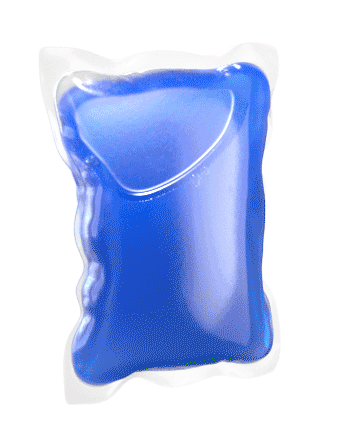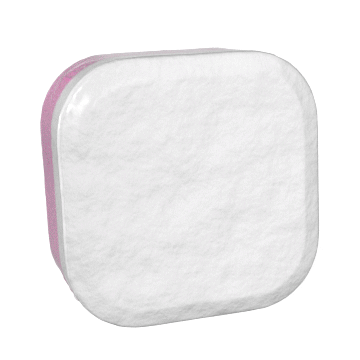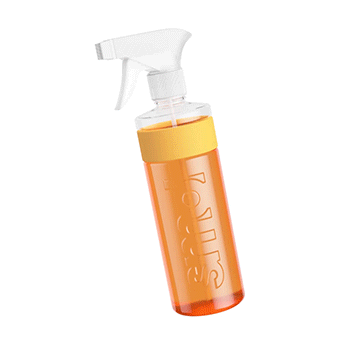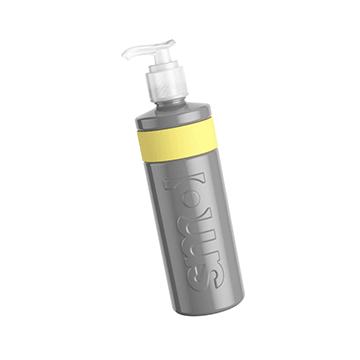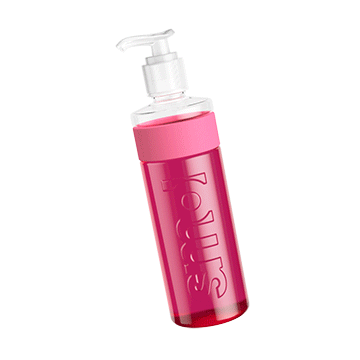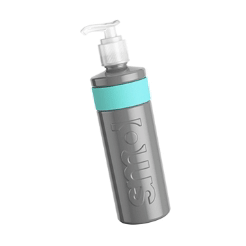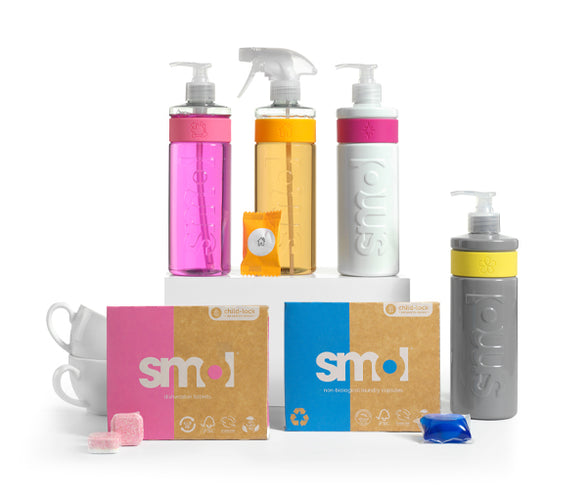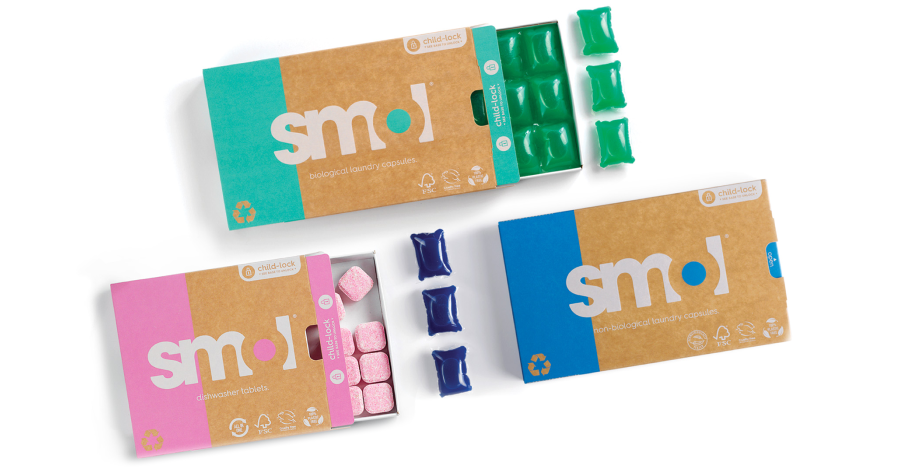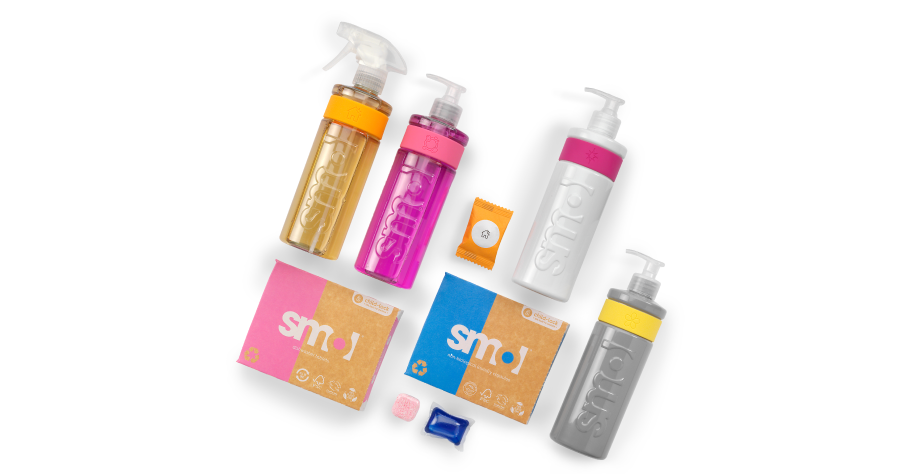What’s your go-to laundry washing temperature? Maybe it’s not something that you have thought much about. 60°C? 50°C? 40°C? There’s a growing trend towards cooler washes these days as many of us look for ways to save money and lower our carbon footprint. This blog is for anyone who’s ever had cold feet about turning down the heat…
How low can we put the washing machine temperature?
When you consider everything that ‘goes into’ washing your clothes - the water, the power, the detergent… the carbon footprint of an average 40°C laundry load that’s line-dried is 0.7kg CO2e. 60% of that carbon footprint comes from us just heating our water for the machine. So if we want to reduce our energy consumption AND cut our carbon footprint, it’s really time to turn it down.
60°C to 40°C
Switching from only doing hot washes for example (60°C) to warm washes 40°C would see you instantly cut your energy usage in half. That’s an impressive saving.
40°C to 30°C ?
According to Which?, if the UK switched from 40°C washes to 30°C, it would be the equivalent of taking almost 400,000 cars off the road. And your bills would significantly drop. Even better.
Are we talking sub 30°C ?
More and more machines nowadays include laundry cycles as cold as 15° or 20°C and it’s worth noting that washing at 20°C compared to 40°C can reduce energy costs by a further 66%. It’s beginning to look like a no-brainer. But will it get our laundry clean?
Detergents to the rescue!
What’s great is that not only are modern washing machines now designed for cold water, but many detergents have enzymes that will start to work in temperatures as low as 15°C.
Enzymes are naturally occurring products that help to break down common stains, such as food, sweat, grass and grease. Enzymes work best on cooler temperatures as anything much above 40°C is going to start killing them off!.
When you’re looking for a detergent that contains these helpful enzymes, you’ll want to look out for the word bio - for example our smol bio capsules (the green ones). If a detergent is described as a non-bio then that means they won’t have the enzymes so aren’t specifically going to help when washing on cooler temperatures when it comes to things like stain removal. smol non-bio still contains powerful cleaning surfactants that will ensure your clothing comes out of the washing machine clean and fresh, you just might need to use a slightly higher temperature when washing with a non-bio – especially when tackling tough stains.
So, it’s looking good for those lower temperatures.
In theory you could wash all your laundry on a cold cycle if you are using the right detergent and provided your clothes are not completely filthy. In a test by Which? magazine, olive oil was the only material that a 20°C wash cycle couldn’t remove, compared to a 40°C cycle.
But while we’re on the topic of stain removal… it’s worth saying that (aside from olive oil) not all stains respond to warmer water. For example, blood and sweat can actually ‘cook’ into fabric in hot water, so they’re always best tackled cold.

Besides saving money and energy are there other benefits to washing your laundry on a cold temperature?
The short answer is YES!
And you can discover more about them here.
